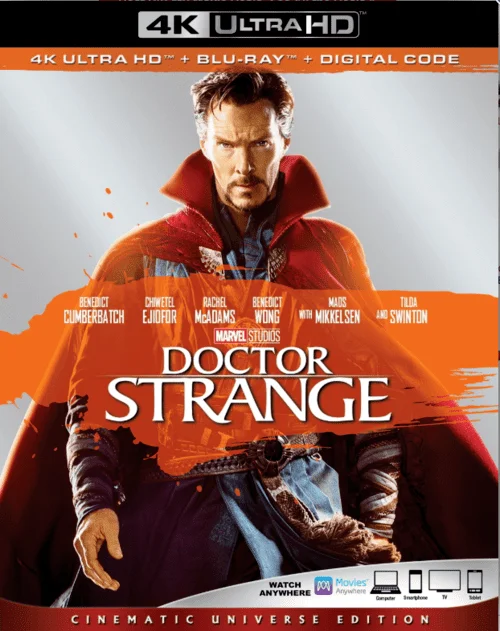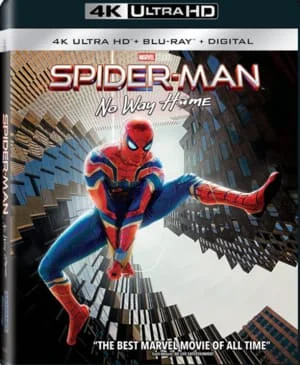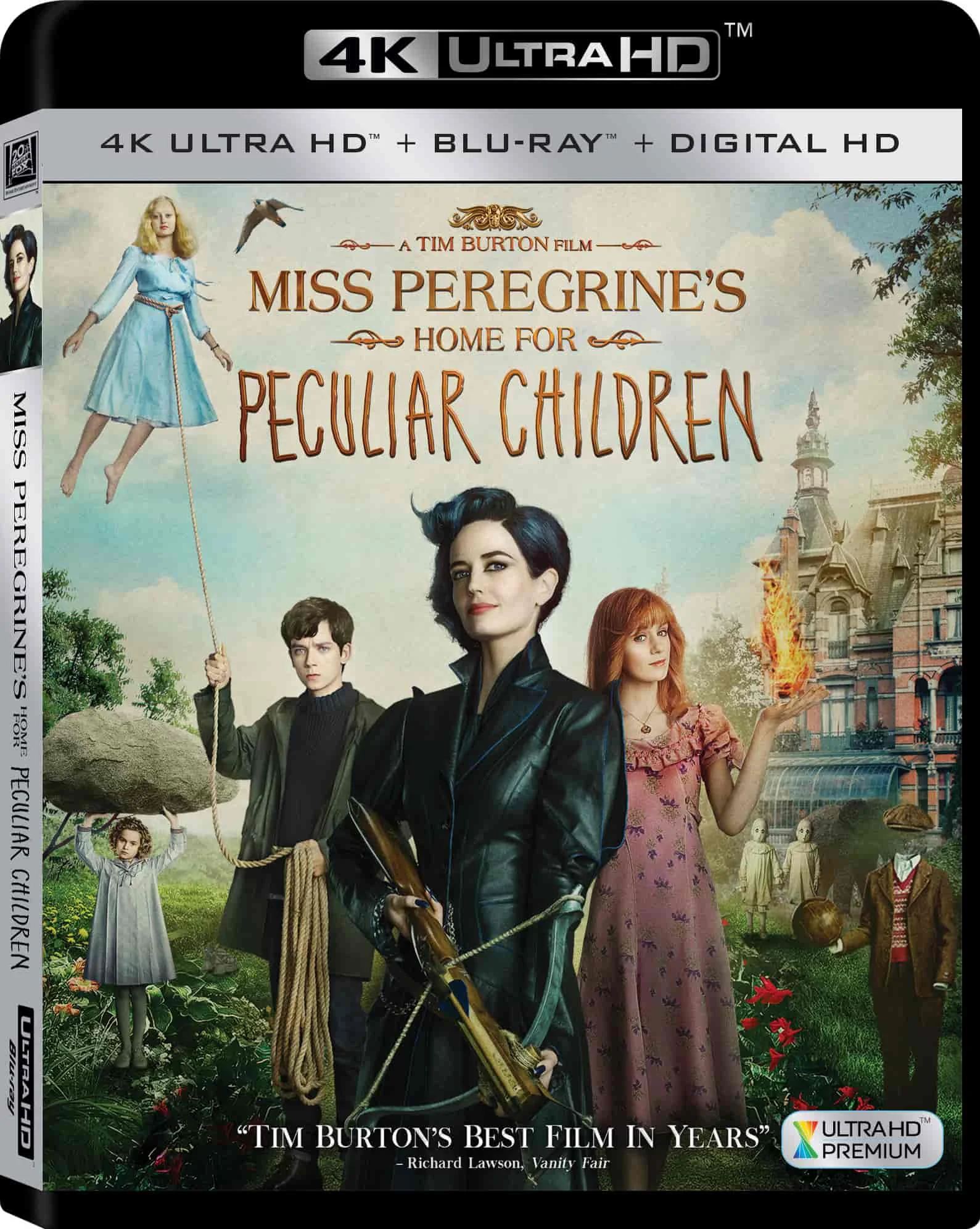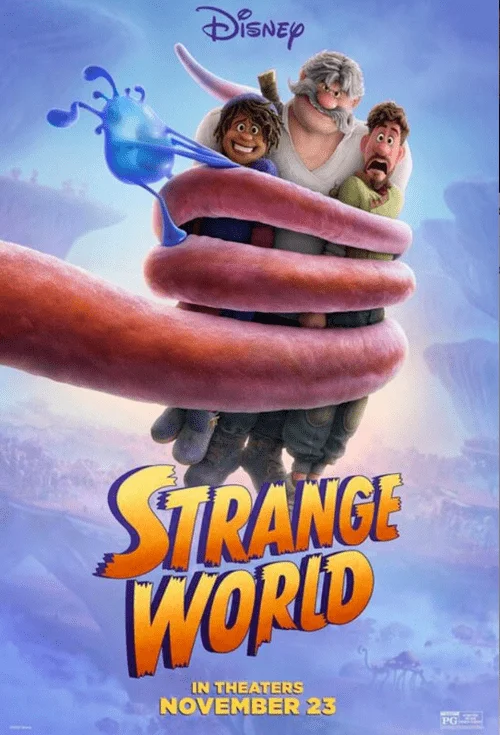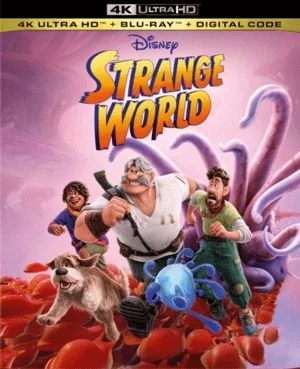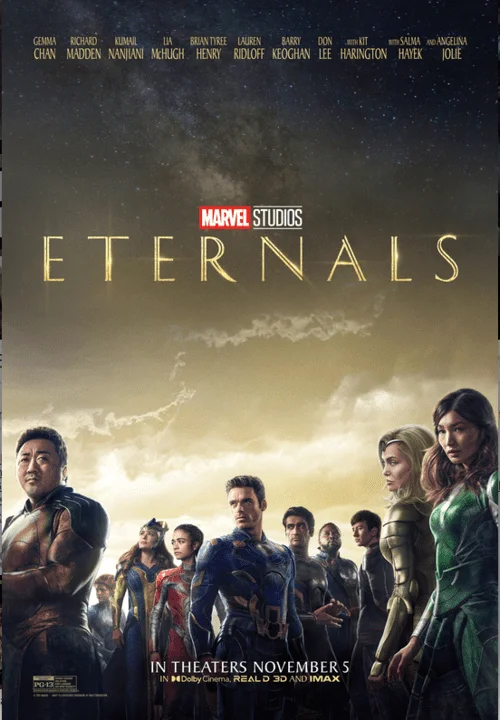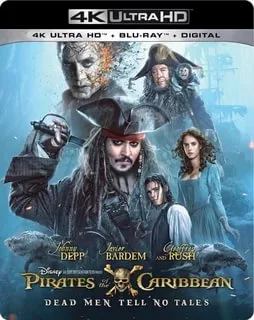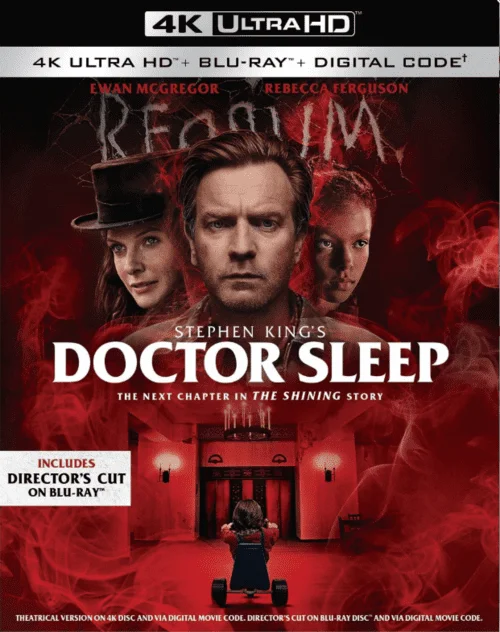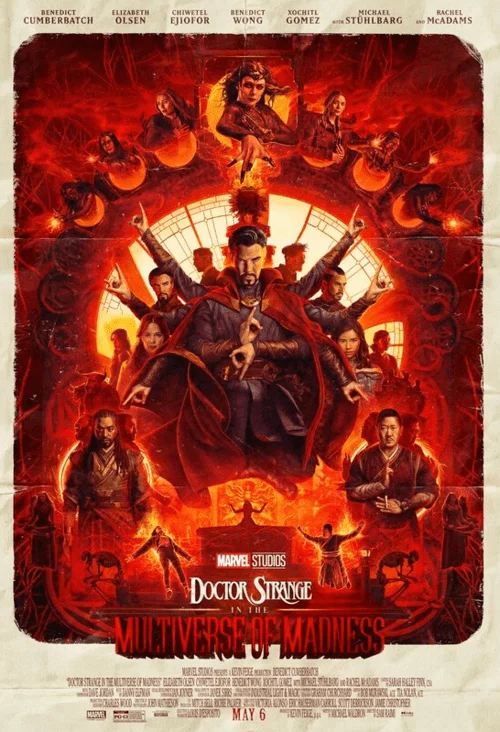
Doctor Strange in the Multiverse of Madness 4K 2022 Ultra HD 2160p
Cast: Benedict Cumberbatch, Elizabeth Olsen, Chiwetel Ejiofor, Benedict Wong, Xochitl Gomez, Rachel McAdams, Jett Klyne, Julian Hilliard, Michael Stuhlbarg, Hayley Atwell, Anson Mount, Lashana Lynch, John Krasinski, Patrick Stewart, Charlize Theron, Sheila Atim, Adam Hugill, Bruce Campbell.

In the new movie, Strange will have to fix the consequences of the cartoon universe liberation that occurred in "No Way Home. Wanda the Scarlet Witch and Wong will help him, and the Baron Mordo from the first part will be his adversaries.
Doctor Strange in the Multiverse of Madness 4K Review
Dr. Strange (Benedict Cumberbatch) wakes up from a nightmare: in a dream he saves a young girl from a monster and dies in the fight. Wiping the cold sweat from his face, Steve puts on his tuxedo as if nothing had happened and goes to his ex-girlfriend's wedding. At the reception, in addition to confronting the love of his life, the surgeon has to put on his cape again to save the town from the evil one. While fighting off a one-eyed demon, he meets the girl from his dream: she turns out to be America Chavez (Socil Gomez) - the future Miss America, who has not yet learned how to deal with superpowers. It turns out that Strange's nightmare was not a nightmare at all, but a window into a multiverse where evil forces have gained the upper hand. Portals open America itself, but how, so far, is unknown. One thing the girl knows for sure: for her and her power is hunting a much more experienced sorceress, Wanda, aka The Scarlet Witch (aka the inimitable Elizabeth Olsen). The latter urgently needs to get to a dimension where she has children and is living a better life, not all this trauma and sorrow. Dr. Strange, naturally, must intervene and keep the Scarlet Witch from killing America Chavez, as well as bringing order to the multiverse.
The sequel to "Doctor Strange" is not so simple. The director of the previous film, Scott Derrickson, worked on the script, but first the pandemic intervened, then there was a creative disagreement with the studio. When Scott dropped out of the project, his place was taken by Sam Raimi, creator of the beloved "Spider-Men" with Tobey Maguire and an expert on the living dead ("Evil Dead", "Take Me to Hell"). The psychedelic entourage was replaced by horror motifs, but it never made it to a full-fledged horror movie - a family movie, after all. Sam Raimi basically got the job done, fitting into the mesh between "Wanda/Vision" and the last "Spider-Man": though, those who have strayed from the flow of Marvel content have not immersed much in the context, so not every viewer will understand the frustration of the same Scarlet Witch, destroying universes to reunite with the fictional children.
The film's narrative, oddly enough, promotes family values that pop culture disowned back in 2014. Wanda, the most powerful witch and hopeful girl on the whole, literally demolishes everything in her way for the ghostly opportunity to stay at home with her children and read them bedtime stories. An anti-heroine who could crush the Illuminati to ashes and potentially become one of the greatest movie villains, she finds herself wedged within the trope of a woman on the verge of a nervous breakdown. It seems that when Sam Raimi brought corpses to life in the film, he accidentally dug up a grave of old clichés -- which, to put it mildly, does not sit well with the film. Dr. Strange, also a great magician, quite self-sufficient, thinks he can't find happiness without his beloved. With how many movies have come out in recent years breaking the Disney spell and '90s romcoms about the healing power of phantom love, Sam Raimi still decided to roll back and bet on the old songs about the main thing.
As for the fascinating journey through the multiverse, one wonders how a $200 million blockbuster could yield to a modestly auteur-driven film, "All At Once," whose budget is exactly ten times less than Strange's adventures. The Danes (Kwan and Scheinert) managed to create a far more entertaining and terrifying excursion into the multiverse inside the stuffy spaces of the tax and laundry room, driving viewers to hysteria and rethinking their relationship with their parents, while the sprawling blockbuster offered only a quickly forgettable attraction, blowing New York to pieces for the thousandth time.
Nevertheless, Marvel fans and admirers of Sam Raimi's work will still be satisfied: and that's not a bad thing at all - the studio knows its target audience and always tries to please them as much as possible. "Dr. Strange: Into the Multiverse of Madness" offers a tremendous amount of fan service: squealing cameos, blood-soaked cameos, intriguing post-credits scenes and references to the work of a guest star director. It's all one big fun roller coaster ride through the multiverse, leading to collective ecstasy. Unless, of course, you're deeply immersed in the context of the Marvel movies. If not, catch up with the plan, this universe continues to grow at a tremendous rate and there's hardly anything to stop it.
File size: 23.6 GB
Trailer Doctor Strange in the Multiverse of Madness 4K 2022 Ultra HD 2160p
Latest added movies
Comments on the movie
Add a comment
 like
like do not like
do not like